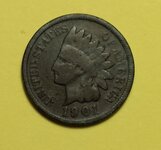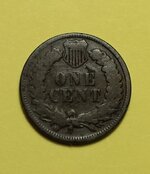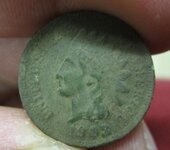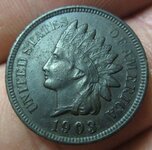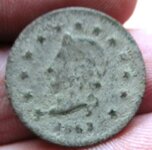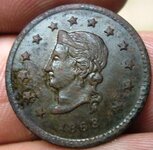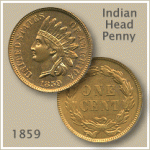CincinnatiKid
Bronze Member
- Nov 5, 2013
- 2,079
- 1,221
- Detector(s) used
- XP Deus, Garrett ProPointer
- Primary Interest:
- All Treasure Hunting
Hello all,
I've been surfing TNet and viewed a thread mentioning cleaning coins with Peroxide. Can this method help or harm "dug" coins and or relics which have corrosion?
If helpful, how is coin or relic cleaned? Soaked, brushed or other?
Thanks
Peace
I've been surfing TNet and viewed a thread mentioning cleaning coins with Peroxide. Can this method help or harm "dug" coins and or relics which have corrosion?
If helpful, how is coin or relic cleaned? Soaked, brushed or other?
Thanks
Peace



